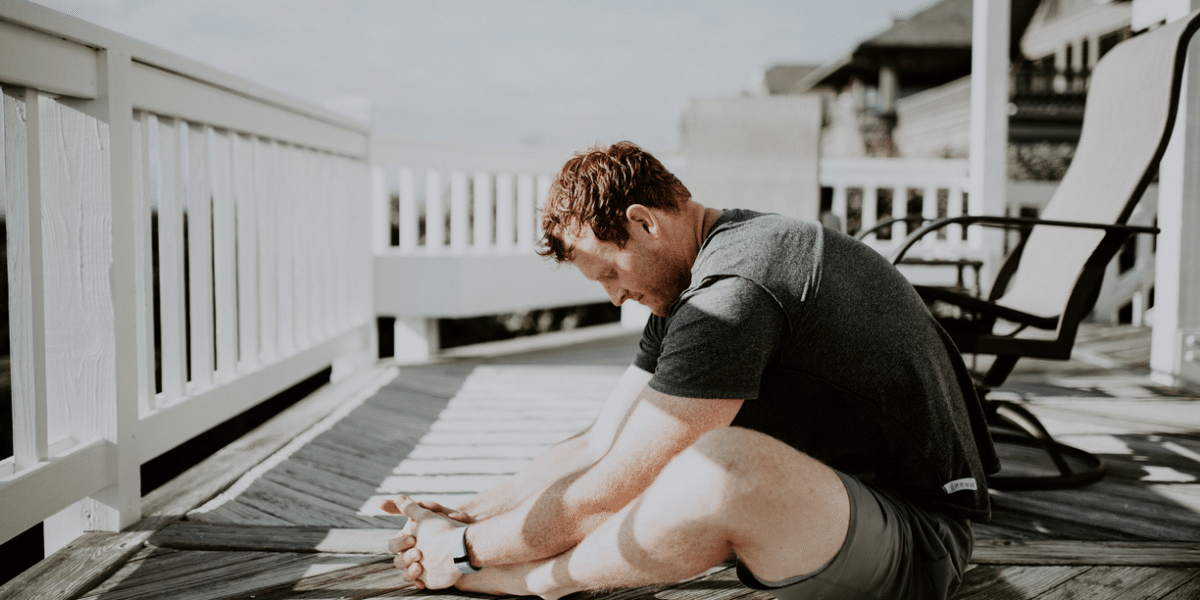We’re proud to have the Davey Black Fitness brand synonymous with Melbourne triathlons, so we speak with some authority when we say there’s few athletic pursuits one can undertake that’s quite like a triathlon.
A triathlon coaching Melbourne is not just a test of a person’s physical ability and fitness, but of their willpower and mental stamina. Triathlons can be grueling to get through and the training is just as arduous. It goes without saying then that a triathlon can be hell on the human body. Here’s five tips any triathlete should follow when recovering from their latest competition or during training.
1. Sleep
One of the biggest helping hands you can give yourself whether you’re training for a triathlon or have just competed is to get proper, restful sleep. Notice how we said “restful” sleep, meaning REM sleep, when your body is in pure recovery mode.
The best approach is to treat your sleep schedule like part of your training routine. You have to be as committed to getting your eight hours as you are to getting on the bike, trail, or in the pool each day. Avoid caffeine in the afternoons and craft a ‘sleep routine’ that ensures you’re primed for a restful night.
2. Foam Rolling
If you look at foam rolling like it’s just another fitness studio Melbourne fad, it’s time to do a little research. Foam rolling, when done properly, can be incredibly powerful in speeding up recovery and preventing injury during training as well as when competing.
Foam rolling looks pretty simple to the untrained eye, but what’s actually happening is a process of loosening up muscles and fascia to ensure there’s no knots or pockets of inflammation that can impair performance or even result in injury. Get yourself a descent foam roller and use it diligently.
3. Massage
Sometimes a foam roller can only do so much. If you’re really looking to loosen up tight muscles, work out knots, and reduce muscular-skeletal inflammation, book an appointment with a trained and knowledgeable sports or remedial masseuse.
A trained sports masseuse will work with you to address problem areas that keep you from performing at your best and make no mistake, a proper sports massage isn’t a relaxation session. Expect a bit of pain and maybe even a few groans and wails when they really hit on a problem area in your legs or shoulders.
4. Ice Baths
Many athletes still aren’t sold on the efficacy of ice baths, but there’s a wealth of research that shows exposure to cold can be incredibly beneficial to overall health as well as athletic performance. You don’t have to go full Wim Hof either.
Run a cold bath and chuck in a bag or two of ice cubes you can get at your local 7-11 or simply take a cold shower. Cold exposure therapy boosts testosterone levels, improves immune function, and helps relieve inflammation–one of the biggest factors in athletic injury.
5. Supplementation
There’s a lot of nonsense to cut through when it comes to supplementation, so it’s only common sense to treat the whole thing with a certain degree of skepticism, but then there are supplements that are absolutely essential when it comes to athletic pursuits.
Supplements like fish oil and glucosamine help to break down inflammation and support healthy joints and cartilage, respectively, and glucosamine is often prescribed by doctors treating patients with arthritis. Many people are deficient in Vitamin D and essential minerals like magnesium, iron, and zinc, so find a reliable supplements manufacturer and start taking them regularly.

